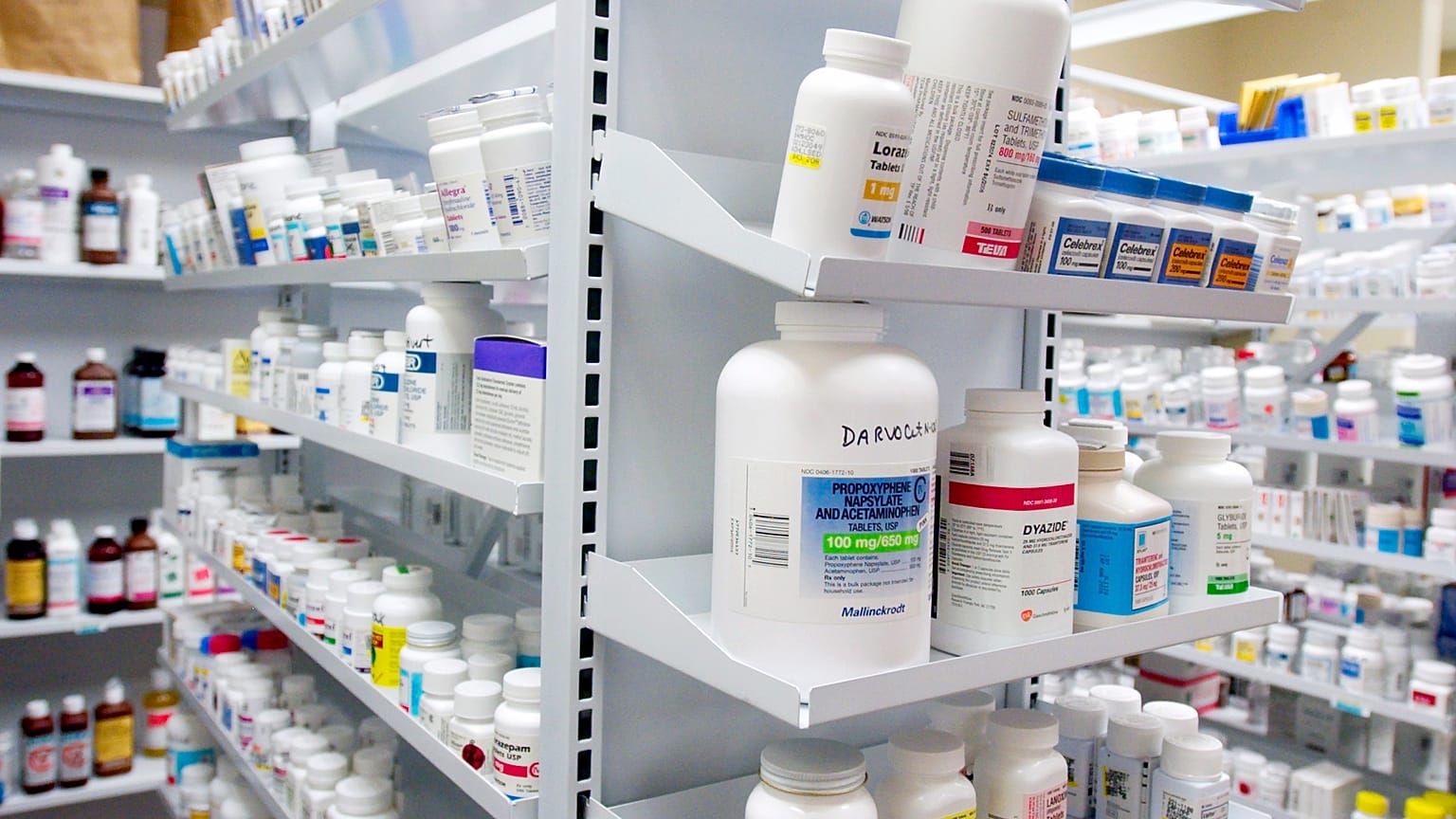After years of winter medicine shortages, the European Medicines Agency told Euronews that there are currently no signs of antibiotic shortages, amid EU efforts to reduce dependency on foreign suppliers.
Europe will not suffer from antibiotic shortages this winter following years of limited supplies during colder months, the European Medicines Agency (EMA) told Euronews.
In January 2024, 19 countries in the European Economic Area (EEA) experienced shortages of winter antibiotics, with 11 countries recording critical shortages, something not expected to happen this year.
According to the agency, the use of antibiotics remained relatively stable between the winters of 2024 and 2025 and there is currently no risk of disruptions.
Amoxicillin, one of the most widely used antibiotics, suffered severe shortages since 2022 until last June, when the European Medicines Agency (EMA) removed it from its shortages watchlist and withdrew its related recommendations.
As of Tuesday, 36 medicines were in short supply in the European Union, according to the EMA, which monitors availability. But none of those are antibiotics and many are not intended for general use, including chemotherapy medicines and antipsychotics with available alternatives.
However, medicine shortages remain a possible risk within the European Union.
A recent report by the European Court of Auditors showed that medicine scarcities are a chronic problem inside the EU, reaching record levels in 2023 and 2024.
A shortage can have many causes including a sudden spike in demand, but it is often the result of a supply chain disruption.
The COVID-19 pandemic exposed vulnerabilities and the risks posed by export disruptions, underscoring the need for a more resilient supply chain.
The 27-member bloc remains heavily reliant on active pharmaceutical ingredients (APIs) from abroad, mainly India and China.
A report by the Wilfried Martens Centre for European Studies estimates that up to 80% of APIs used in Europe, and about 40% of finished medicines sold in the region come from these two countries.
The Critical Medicines Alliance — an EU stakeholder body analysing supply chain vulnerabilities — identifies low production costs, less stringent regulatory standards, and consistent investment strategies in these countries as the main factors behind this dependency.
At the same time, European production of these active ingredients has fallen from 53% in the early 2000s to less than 25% nowadays, Enrico Letta warned in a report last year.
Towards a ‘Buy European’ medicines strategy
In recent years, addressing medicine shortages has been high on the EU agenda.
The recently published Critical Medicines Act aims to strengthen supply security and the availability of critical medicines, giving priority to EU-based suppliers in public procurement.
The act primarily targets essential medicines listed in the EU’s 2023 list of critical medicinal products, drafted by the EMA. It focuses on drugs used to treat severe conditions or those with limited alternatives.
The new proposal seeks to boost investment in manufacturing essential medicines and key ingredients within the EU, reducing external dependencies.
A key measure in the proposal introduces a ‘Buy European’ principle, setting out a public procurement award criteria that prioritise security of supply over price alone.
In practice, when vulnerabilities in supply chains or dependence on a single third country are identified, EU authorities will where justified apply procurement requirements favouring suppliers that manufacture a significant proportion of these critical medicines within the EU.
The bloc also has its own list of critical medicines, including those considered at higher risk of becoming unavailable.
A medicine can be placed on this list due to production issues, a surge in demand, or a manufacturer's decision to withdraw it from the market – any factor that limits supply, either temporarily or permanently.
However, the European auditor’s report concluded that there is yet no practical framework in place to address this issue and that tools to address it are still in very early stages.


















